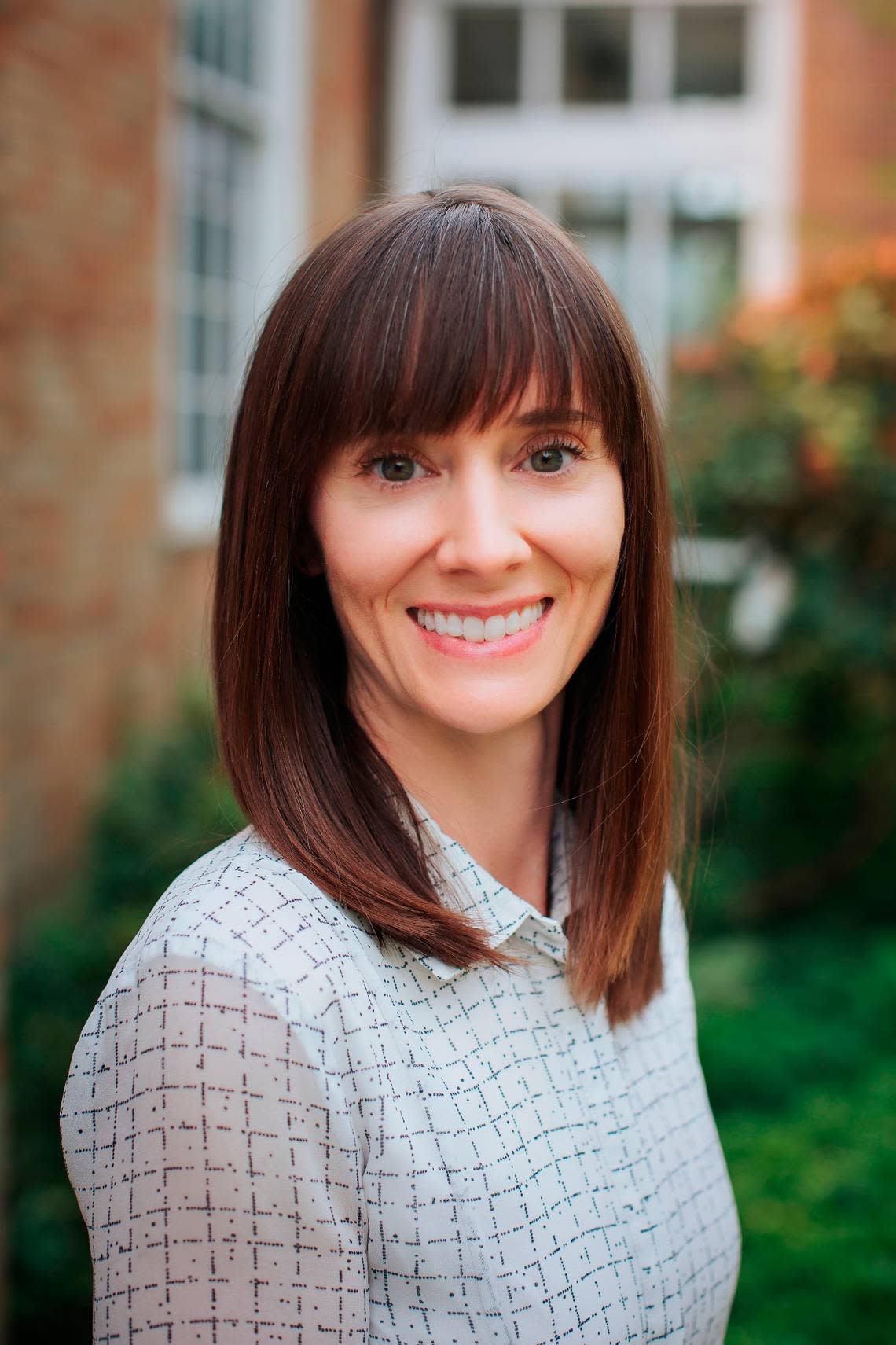The COVID era has seen an exodus from California’s traditional public schools. This is why | Opinion
When California’s schools reopened their classrooms at the beginning of this school year, educators were confronted by a critical question: Where did all the students go?
Since the beginning of the pandemic, California public schools have lost more than 4% of their enrollment, about 270,000 students. That’s a lot of kids — and a lot of funding for public schools.
An exodus of low- to middle-income families being priced out of the state is probably one factor in the decline. But a statewide survey by Policy Analysis for California Education and the USC Rossier School of Education found that many families left their schools out of dissatisfaction with them.
Opinion
Twenty-seven percent of parents reported changing their children’s schools since the pandemic started, and another 28% said they were planning to do so. Those are record numbers, and they’re even higher in the Sacramento region: 31% of area parents surveyed reported switching schools, and an additional 40% said they were considering a switch in the near future.
Thirty-eight percent of the parents who changed their children’s schools said they were looking for a different educational experience, while 31% said they were driven by dissatisfaction with COVID-related safety measures. These findings reflect widespread anger over California schools’ response to the pandemic, with 59% saying California classrooms were closed too long.
The research shows that parents are expressing their frustrations with their feet, with many choosing schools beyond their neighborhoods and home school districts and some opting for public charter schools, private schools and homeschooling. This trend was most prominent among higher-income parents, with 38% of households earning over $150,000 reporting that they switched schools during the pandemic.
This appears to be hitting traditional public schools hard. Fifty-two percent of the children who changed schools left traditional public schools. Only 41% chose another non-charter public school.
The challenge for public schools could get a lot worse: More than a quarter of parents surveyed said they were considering switching schools because of dissatisfaction with the quality of instruction.
Many of the parents surveyed were choosing to send their children to public charter schools, which saw an eight-percentage-point increase in enrollment. That is consistent with other findings of the survey, which also showed that support for public charter schools among parents increased by 15 percentage points from 2020 to 2022.
Even before the pandemic, many education researchers were concerned that California’s public schools weren’t serving all students effectively. The state’s educational system is highly inequitable, plagued by gaps in opportunity and access that the pandemic has only widened.
Last spring, a coalition of more than 40 California-based family and student engagement organizations, educators, administrators, research institutes, and civil rights and equity organizations called on school and political leaders to reimagine and rebuild California’s schools. But COVID-driven challenges have continued to vex educators and policymakers and prevent progress.
The frustrations of parents who are choosing to leave traditional public schools shows the task of transforming our schools must not be delayed.
Heather Hough is the executive director of Policy Analysis for California Education (PACE), an independent, nonpartisan research center led by faculty directors at Stanford, USC, UC Davis, UCLA and UC Berkeley. Jeimee Estrada-Miller is a doctoral candidate at the USC Price School of Public Policy.

